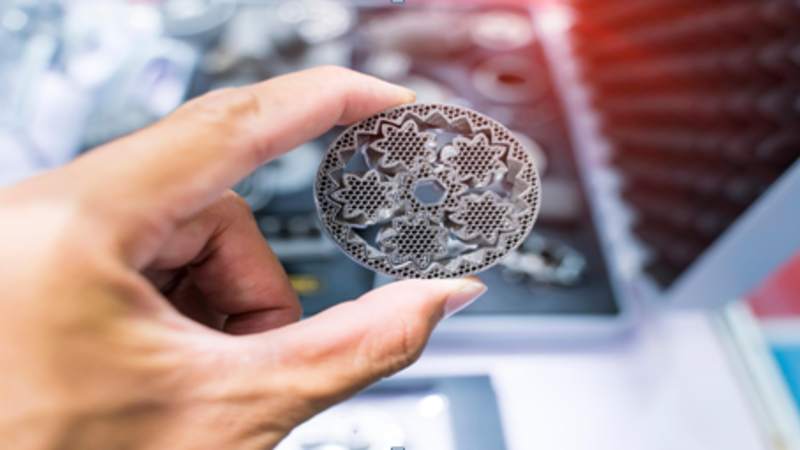Welcome to the exciting world of manufacturing operations, where innovation meets practicality! Ever wonder what fuels the amazing machines and processes behind your favorite products? As we peel back the curtain, get ready to uncover the secret sauce that makes everything run smoothly-performance fibers!
These miraculous materials are revolutionizing the industry, making production faster and more efficient. Whether you’re a seasoned expert or just curious to learn more, this adventure into manufacturing operations will surely spark your imagination. So, buckle up and stay tuned for an enlightening exploration!
What Are Performance Fibers?
Performance fibers are materials designed to withstand extreme conditions. They’re stronger, more durable, and sometimes lighter than traditional fibers.
These fibers are often used in industries like automotive, aerospace, and textiles because they offer extra strength and flexibility. Some common examples include Kevlar, carbon fiber, and Vectran.
Why Use Performance Fibers?
Choosing the right materials for a manufacturing line can make or break how well it works. When you use performance fibers, you don’t have to replace them as often because they can handle heavy loads and tear. Being able to keep things running with less downtime and interruptions is a good thing.
Some situations where using a fiber like Kevlar could save you a lot of trouble are when you have to deal with high temperatures or a lot of stress. It’s famous for not breaking when it gets hot. When it comes to weight and strength, carbon fibers are perfect because they are very light but very strong.
Different Types of Performance Fibers
Now, let’s look at some of the most popular performance fibers. You can use these fibers in manufacturing operations.
Kevlar
Kevlar is known for its strength and heat resistance. It is often used in protective gear and industrial materials.
Carbon Fiber
Lightweight and very strong, carbon fiber is commonly used in aerospace and automotive applications. Each of these fibers has unique benefits. Your choice will depend on what your specific manufacturing needs are.
How to Choose the Right Performance Fiber
So, how do you pick the best performance fiber for your operations? Start by considering what your products need to endure.
Are they subjected to high heat? Do they need to transport heavy loads? Or should they be lightweight yet strong for fiber applications?
After identifying the requirements, you can align them with the suitable material performance. For instance, if heat resistance is crucial, Kevlar might be the ideal choice. Or, if you need something lightweight yet extremely strong, carbon fiber could better meet your needs.
The Benefits of Performance Fibers
Using performance fibers in your manufacturing operations can lead to several benefits. These benefits include:
Increased Efficiency
These fibers are more durable. They need less maintenance and fewer replacements.
Cost Savings
Performance fibers might be more expensive upfront. But, they pay off in the long run by reducing the need for frequent repairs.
Improved Product Quality
Products made with performance fibers tend to be stronger, lighter, and more resilient. This can lead to better customer satisfaction.
Maximizing Efficiency in Manufacturing Operations
In conclusion, performance fibers are game-changers in the realm of manufacturing operations, offering unparalleled strength, durability, and efficiency. By integrating materials like Kevlar, and carbon fiber, manufacturers can enhance their processes, reduce maintenance costs, and produce high-quality products.
Companies can make better decisions for their operations when they know the pros and cons of each fiber. As the industry grows, companies need to use performance fibers to stay competitive and keep up with the needs of modern manufacturing.
Want to learn more? Explore our other articles before you leave,
